If you’ve ever tried to grow tomatoes near black walnut (Juglans nigra), then you know first hand the devastating effect the chemical juglone can have on certain plants. Both black walnut and butternut (J. cinerea) produce juglone in sufficient amounts to cause wilting and yellowing of leaves, and sometimes the death of the entire plant, in susceptible plants. Other trees that produce this chemical in relatively small amounts include English walnut, pecan, shagbark hickory, and bitternut hickory.
Juglone is released from the roots and also occurs in the leaves, nut hulls, bark and wood of walnut, but in lower concentrations than in the roots. Because juglone is not very soluble in water it does not spread very far in the soil. Its effect is worst at the edge of the tree’s crown, or dripline. However, since the roots may stretch beyond the dripline, in general, the toxic zone around a mature walnut tree is within 50-60 feet of its trunk. Juglone is also in the leaves and nut husks that drop to the ground. However, the toxin breaks down when exposed to air, water and bacteria, so these materials no longer pose a threat when completely composted.
Symptoms of juglone toxicity vary depending on the plant, and sometimes mimic diseases or physiological disorders. Affected plants often wilt in a relatively short time after contact with black walnut roots, even when the soil is moist. The entire plant may wilt, or only a part. Later as the wilting becomes more severe, the leaves start to brown and the plant dies. Tomato leaves begin yellowing, as well as twisting and puckering. The internal stem tissue may also become darkened or discolored.
Plant Sensitivity
The following plants are very vulnerable to juglone and should be grown away from a black walnut tree. These are some of the more common species:
| Flowers | Fruits | Shrubs | Trees | Vegetables |
| Blue false indigo (Baptisia) Columbine Daffodil (some) Lily Peony (some) Petunia | Apple Blackberry Blueberry Grape Pear Strawberry | Azalea Lilac Potentilla Rhododendron Viburnum | Basswood Birch Hackberry Pine Silver maple Saucer magnolia | Asparagus Eggplant Pepper Potato Rhubarb Tomato |
Fortunately, some plants are much more tolerant of juglone. This is just a partial list:
| Flowers | Fruits | Shrubs | Trees | Fruits |
| Astilbe Chrysanthemum (most) Crocus Daylily Hosta Iris Ferns Monarda (bee balm, bergamot) Pansy Phlox Pulmonaria Sedum (stonecrop) Spiderwort (Tradescantia) | Black raspberry Cherry Wild grape | Arborvitae Clematis Euonymus Forsythia Honeysuckle Juniper Rose of Sharon Virginia creeper | Canadian hemlock Elm Hawthorn Hickory Most maples Oak Red cedar Redbud | Beet Carrot Corn Lima bean Melon Onion Snap bean Squash |
Overcoming the Problem
- Of course, the best way to prevent this problem is not to plant a black walnut tree in your yard, particularly on a small lot where tree roots will spread over most of the yard.
- If you already have a black walnut tree on your property, grow sensitive plants in another part of your yard, well away from the tree.
- Barriers to prevent walnut roots from advancing into garden areas may be helpful.
- Because walnut roots often do not occupy the surface layers of the soil, many shallow rooted plants can grow under the trees without contacting the roots and therefore are not significantly affected.
- Pull out any volunteer walnut seedlings.
- Don’t use leaves, bark or wood chips of black walnut to mulch plants, even though they have not shown to have the same toxic effects on plant growth as root contact produces.
- If you already have affected plants under a walnut tree, the toxic effect might partly offset by liberal applications of nitrogen.
- Cutting down the tree won’t solve the problem for a while because juglone can persist in the wood until the roots are decomposed, which can take five or more years.
– Susan Mahr, University of Wisconsin
Additional Information
- Black Walnut Toxicity – UW-Extension Garden Fact Sheet XHT1017
- Walnut and Butternut Toxicity – UW-Extension Publication A3182
Download Article

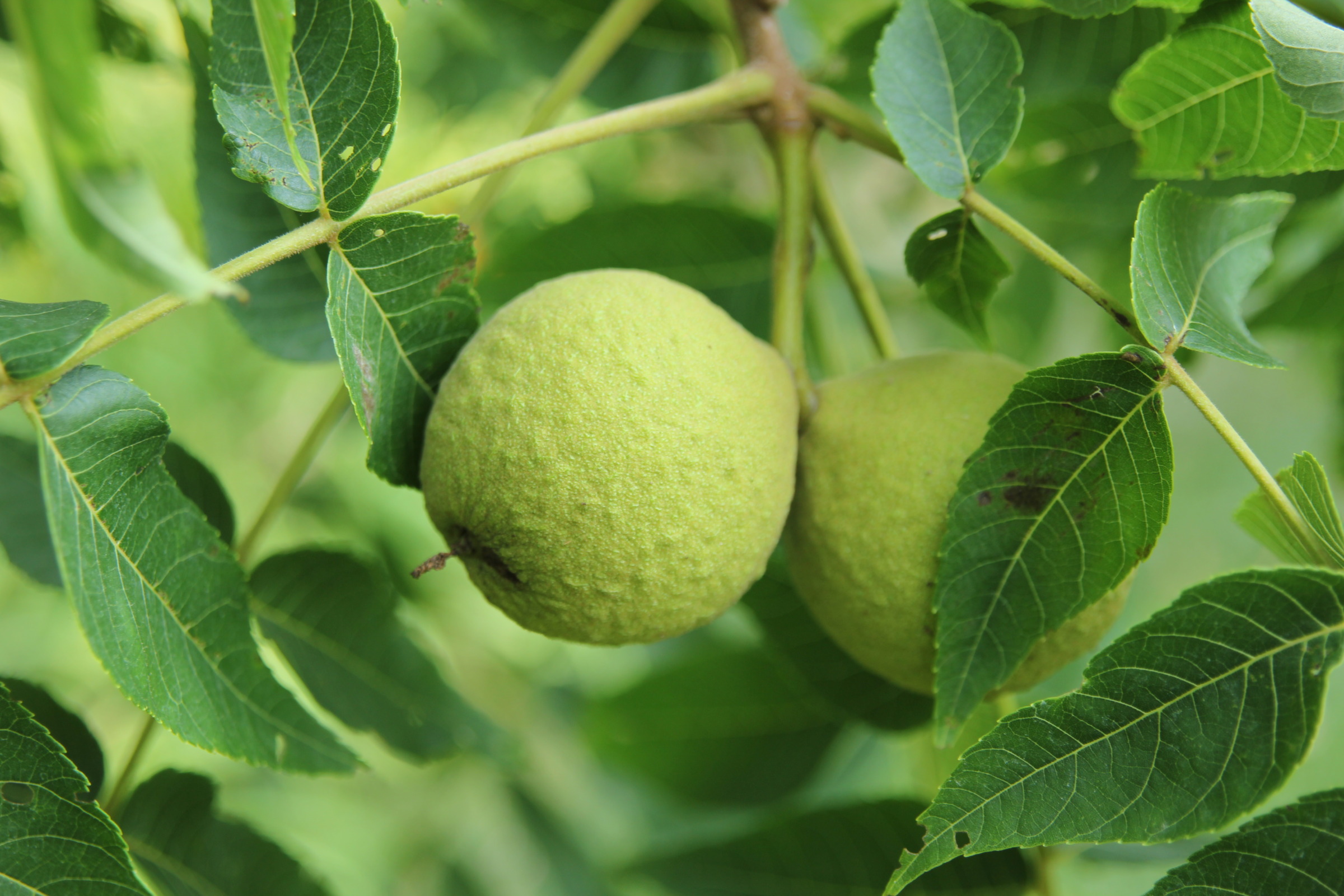




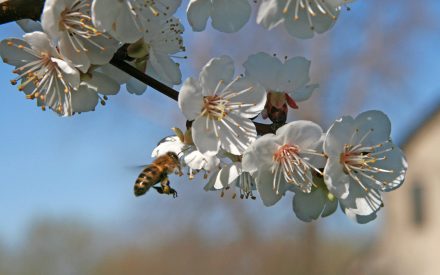 What’s All the Buzz? Woody Plants for Bees, Butterflies, and Other Bee-t-full Pollinators
What’s All the Buzz? Woody Plants for Bees, Butterflies, and Other Bee-t-full Pollinators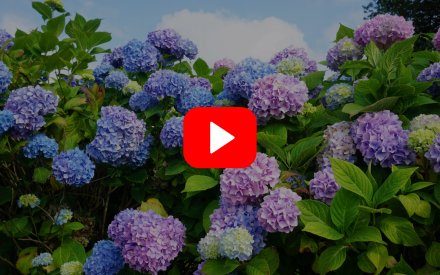 ▶︎ Watch: Hydrangeas: Know Them and Grow Them
▶︎ Watch: Hydrangeas: Know Them and Grow Them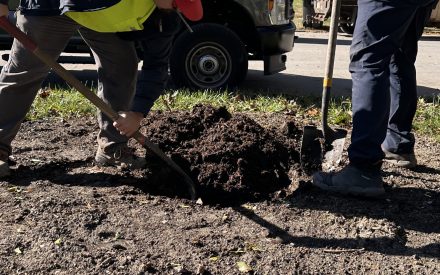 Promoting Urban Forestry: Planting Bareroot Trees in Home Landscapes
Promoting Urban Forestry: Planting Bareroot Trees in Home Landscapes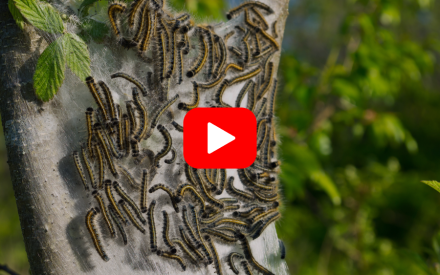 ▶︎ Watch: Torching Tent Caterpillars
▶︎ Watch: Torching Tent Caterpillars


